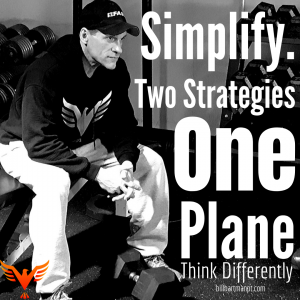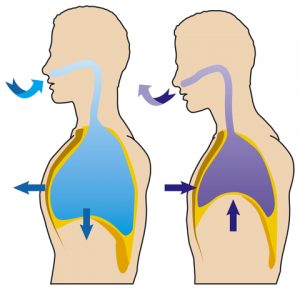Movement professionals tend to see a limited view of the human system. Focus is placed on the muscles and tendons, but the skeleton is under-appreciated. Bones bend, twist, compress and expand. They store and release a great deal of energy making them essential in the process of human performance. In this video: I explain how […]
movement
Q & A for The 16%… Resources to Help Build Your Model
I get a lot of questions about where you can find more information about how I developed my model of human performance. There are countless resources available. Here’s some foundational resources you may find useful. Keep in mind, this is just the beginning. Recognizing and Treating Breathing Disorders: A Multidisciplinary Approach https://www.amazon.com/dp/0702049808/ref=cm_sw_em_r_mt_dp_U_9uUlEbFG1GBX9 Anatomy of Breathing […]
Thinking Differently… Your Two Strategies of Movement
Preamble Changing the way anyone thinks is a challenge. Emotions are attached to beliefs. Emotions determine how we make decisions. Many feel that there’s nothing wrong with the status quo and are satisfied with their current level of performance, knowledge, understanding, and outcomes. Some will want to argue that the following perspective is merely an […]
From my notebook: On Stability
Perceived threat to a self-organizing system will result in simplification of the system to reduce degrees of freedom and response time while simultaneously sacrificing adaptability. Humans will shift into the sagittal plane to reduce the degrees of freedom to simplify movement creating a more stable state. This will reduce system complexity and cortical effort and […]
How Breathing Affects Movement
We don’t just work to improve breathing patterns for the impact on neurology. Don’t forget about the mechanical effects of airflow, and how it can limit or improve movement. Breathing patterns can alter position which, in turn, can restrict airflow resulting in limited inflation or hyperinflation of your lungs. This can create a mechanical barrier […]




